Powerful explosions at Stromboli volcano, Italy
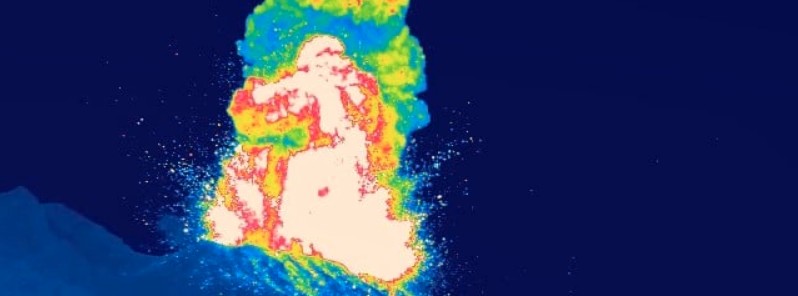
A sequence of powerful explosions occurred at Stromboli volcano, Italy on November 10, 2020, starting at 20:04 UTC.
The Istituto Nazionale di Geofisica e Vulcanologia, Osservatorio Etneo, reports that at 20:04:20 UTC a major explosion has occurred in Stromboli's south-central crater area.
The event lasted about 6 minutes and produced an eruption column that rose higher than the Pizzo Sopra la Fossa (elevation 400 m / 1 312 feet — an area atop the volcano about 100 m / 328 feet above the crater terrace).
The products of the explosion were mainly distributed over the Sciara del Fuoco and led to abundant pyroclastic material rolling down.
Alle ore 21:04 (locali) del 10 Novembre 2020 è avvenuta una sequenza di forti esplosioni allo Stromboli; l'evento è classificato come "esplosione maggiore". https://t.co/vuAOXcLGgI pic.twitter.com/bLuoTldHlG
— INGVvulcani (@INGVvulcani) November 11, 2020
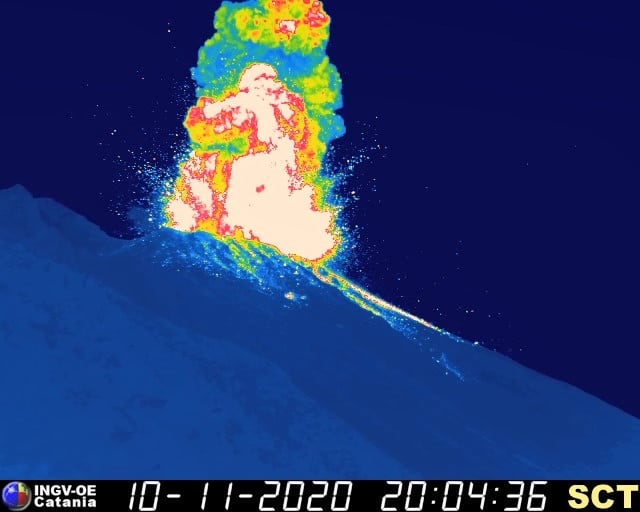
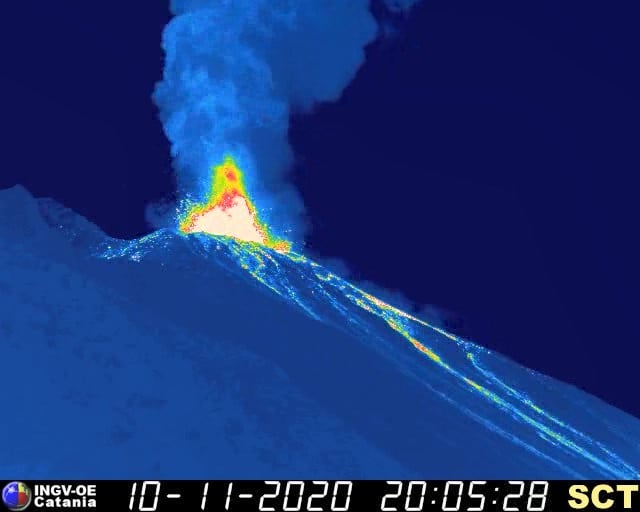
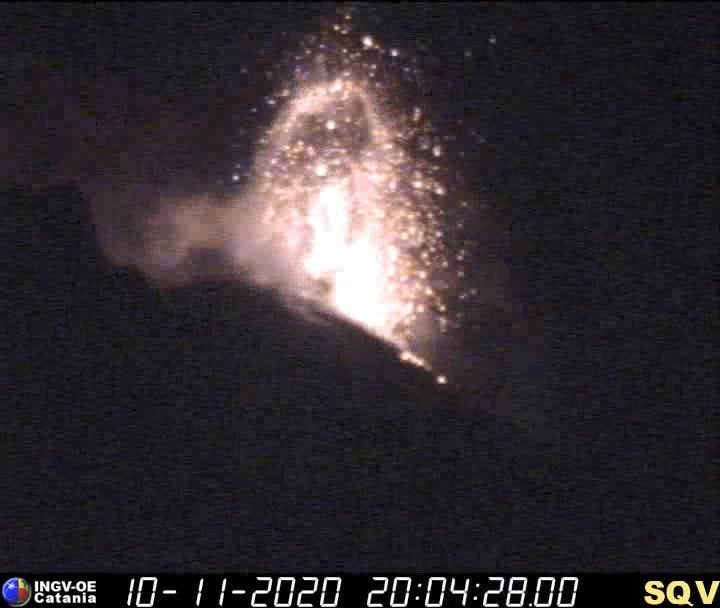
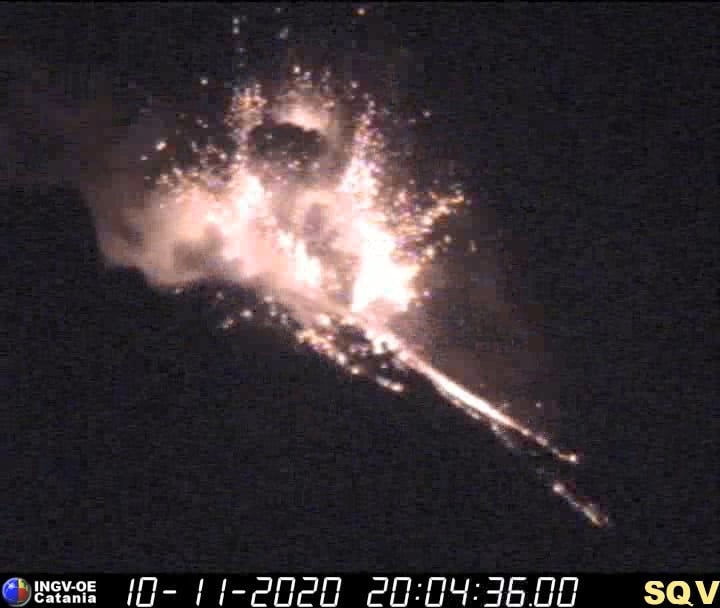
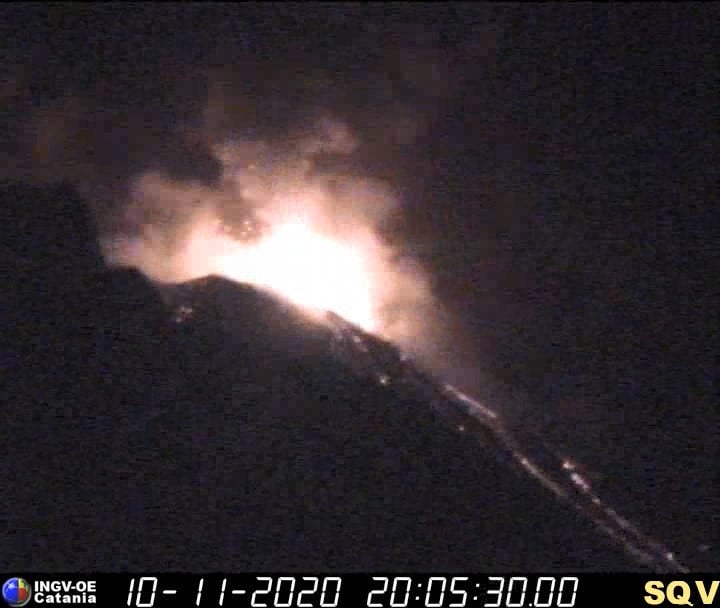
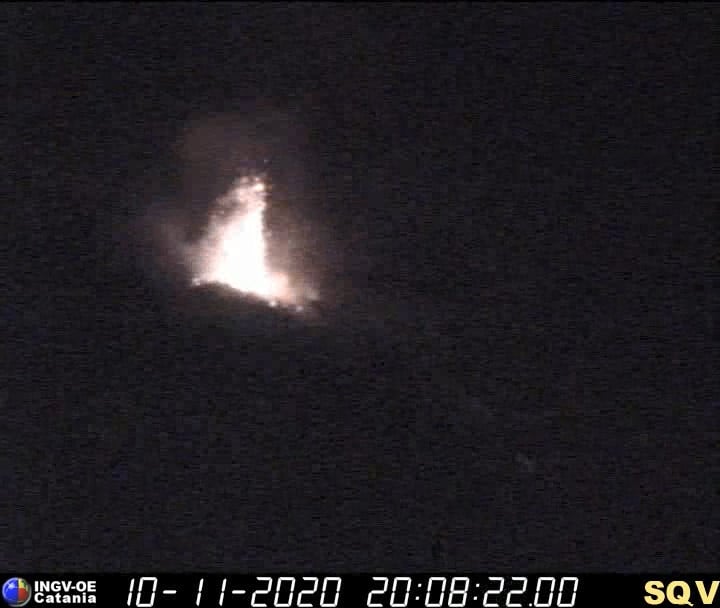
The event lasted until 20:10:00 UTC, with at least three explosions of minor intensity after the major explosion.
In terms of seismicity, the event, which was visible on all seismic stations at Stromboli, was characterized by a sequence of explosive events that commenced at 20:03.50 UTC.
No significant variations affected the volcanic tremor amplitude. All parameters returned to normal levels by 22:11 UTC.
Geological summary
Spectacular incandescent nighttime explosions at this volcano have long attracted visitors to the "Lighthouse of the Mediterranean."
Stromboli, the NE-most of the Aeolian Islands, has lent its name to the frequent mild explosive activity that has characterized its eruptions throughout much of historical time.
The small, 924-m-high (3 031 feet) island is the emergent summit of a volcano that grew in two main eruptive cycles, the last of which formed the western portion of the island.
The Neostromboli eruptive period from about 13 000 to 5 000 years ago was followed by formation of the modern Stromboli edifice. The active summit vents are located at the head of the Sciara del Fuoco, a prominent horseshoe-shaped scarp formed about 5 000 years ago as a result of the most recent of a series of slope failures that extend to below sea level.
The modern volcano has been constructed within this scarp, which funnels pyroclastic ejecta and lava flows to the NW. Essentially continuous mild strombolian explosions, sometimes accompanied by lava flows, have been recorded for more than a millennium. (GVP)
Featured image: Eruption at Stromboli volcano on November 10, 2020. Credit: INGV-OE

Other than this volcano… which is actually quite minor… there isn’t much going on in the world.